by Carolyn Edlund
Photographer John Lund has experienced considerable success with his highly licensed humor collection. We recently spoke about his long career.
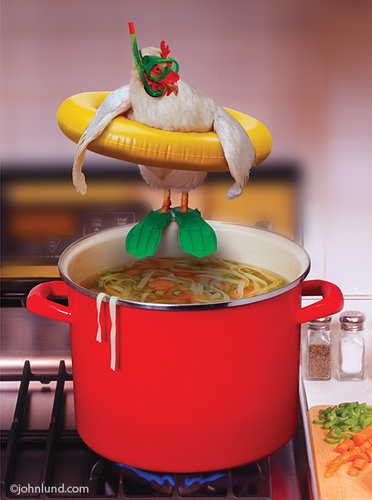
AS: How did you get started in your career?
JL: I originally wanted to be a writer. In college I was an English Lit major. When I graduated, I was trying to sell magazine articles to make a living. I had a mild interest in photography, and I was taking pictures to try to get the magazine articles published.
I did an article for Yachting Magazine. It took about a week to write the article and a day to take the pictures. Then the owner of the yacht asked me if I would photograph it from a helicopter, and I said, “Sure.”
I took the photos, and the magazine ran the article. They gave me a cover and two inside spreads. They paid me $2,000 for the photography and $200 for the writing. I had an epiphany. The photography was more fun and took less time, and they paid me more. I said, “I think I’ll become a photographer.”
Of course it wasn’t quite as easy as I thought it was going to be, but that’s what propelled me.
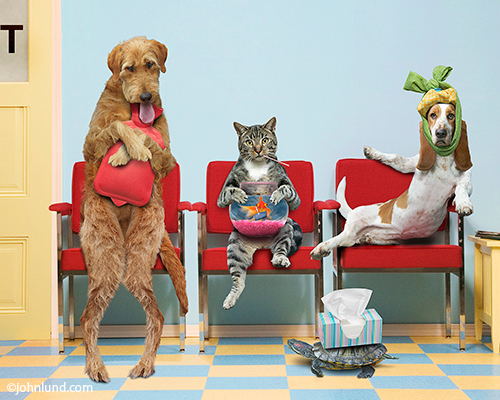
AS: You do a lot of photo manipulation. How did you develop your unique style?
JL: Back in 1989, I had the best year I’d ever had as a photographer. I was raking it in. Then in 1990, it was like somebody turned the faucet off. I took a hard look at my portfolio and asked myself the question, “Why would Art Directors hire me over someone else?” And the answer I came up with was that they wouldn’t. There was nothing special about what I was doing.
So I decided to start doing in-camera multiple exposures where I would “dupe” slides to create a new look. I started getting some work, but it’s much easier to do them for your portfolio than when you have to meet the demands of a specific image by an Art Director.
A friend of mine knew the struggles I was going through. He said, “Hey, there is this program called Photoshop, and you might want to take a look at it.” I realized I could do anything with Photoshop, so I actually traded some stock photos to Adobe for a copy of it. I jumped right in and the rest is history.
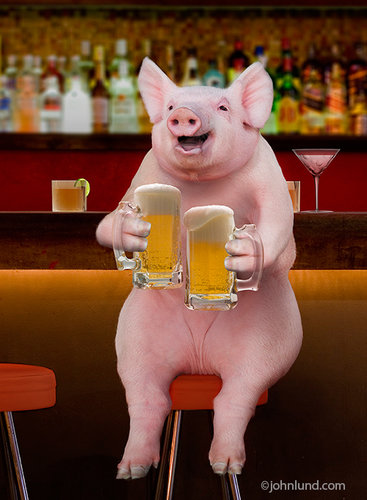
AS: What is your experience with licensing?
JL: I do a lot of stock photography, but licensing for what is called “paper products” covers a wide range, and Portal Publications was my first experience. Once I started doing that, I ended up getting a licensing agent and she went out and tried to license the imagery for other things. And I became more and more aware of the fact that it really behooves an artist to understand and control the rights that they are giving a client.
At the beginning, I granted Portal all paper product rights, and then as I realized that was not the smartest thing to do. We renegotiated and I just gave them rights for greeting cards and first right of refusal for the products that they actually made. There was no sense to giving them rights to coffee mugs, for example, if they don’t even make them. So that was the first thing I learned.
There is another thing that I learned which I think was really important. I went to a book publisher and suggested they do a line of humorous books, and I gave them 20 of my images. And they looked at me and said, “This is not a book, this is just a bunch of greeting card images.”
I hired a designer and we took those same images and we coughed up a book. We had a front and back cover and two spreads. Took it back to the same Art Director, and she said “Wow, this is great.” We did three books with them.
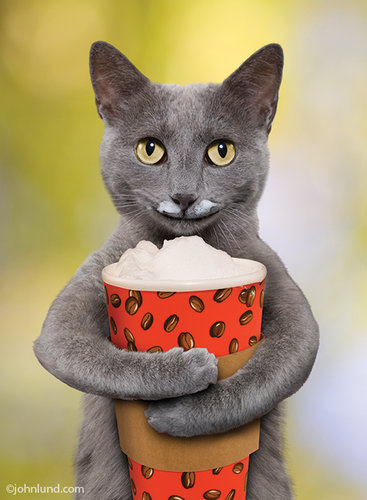
AS: When you created images, how much of it was simply from your imagination? How much was planned or suggested by Art Directors?
JL: The first several greeting card images were entirely mine. But shortly after I began working with Portal Publications, I began to see that it really didn’t make sense for me to come up with ideas. The people who were working there understood the market a lot better than I did. They knew who their customers were, and knew what kind of humor would appeal to them.
Then it became more of a collaborative effort. Most of the time, they would come up with the ideas and then seek my input in terms of what was doable and how we might fine-tune it. So once I really got going with Portal, very few of the ideas were mine. Every once in a while, I’d come up with an idea and put it out there, and sometimes they would go for it.
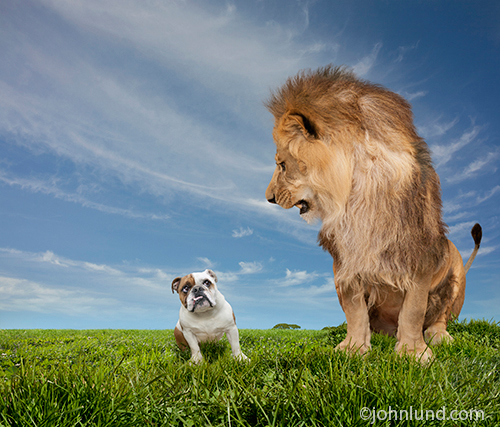
AS: In terms of greeting cards, was the image created first? Or was the sentiment written and the image created for it?
JL: The team that worked on the cards included a writer. The writer and the Art Director would apparently team up together to come up with the concepts. Then they would run the concepts by me. Usually, I think they worked more on the visual, and they worried about coming up with the copy later on. They would certainly know if it was going to be a Birthday or Father’s Day or whatever, but they would hone in on the copy after we made the visual.
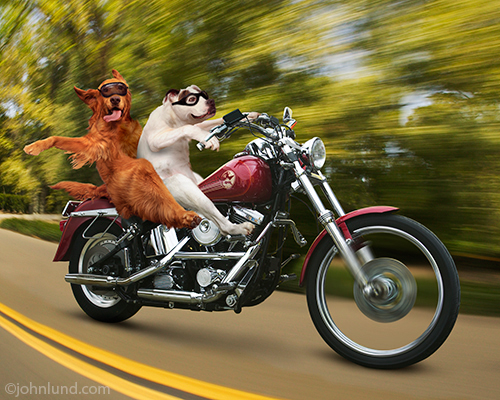
AS: You didn’t know the greeting card business before you got involved. What was the most interesting thing you learned?
JL: Well, frankly the most interesting thing was how much money you can make. I think it’s probably fairly rare to make bundles of money at it; you have to have a lot of cards. Everything has to line up right, good distribution, etc. In my case, things did line up very well.
The important thing to me was “Wow! I can make 6 or 7 cents a card, and still make enough money to live on.” So that was the biggest surprise.
Another lesson I learned later on was how important the salespeople were. We were licensing other products too, and if there wasn’t someone out there really selling the product, it usually went nowhere.
AS: What else are you now doing besides licensing your images?
JL: My main business currently is creating stock photography, and it has been for probably the last dozen years or so. Greeting cards were always kind of a sideline. Most of my time has been spent creating stock art, and before that was spent doing assignment photography – advertising, and that kind of thing.
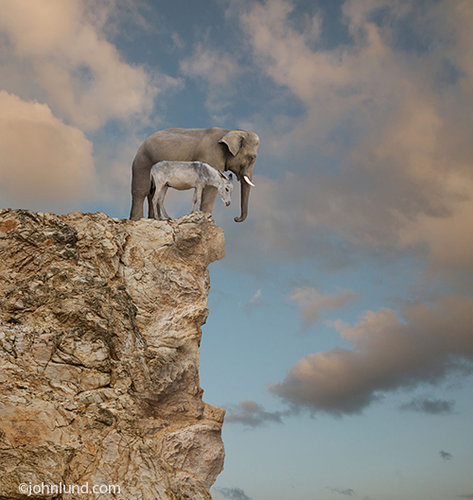
AS: Would you recommend that artists work with licensing agents?
JL: I think for the vast majority of artists, a licensing agent is going to be well worthwhile. Licensing agents can make a call to the president at some company and say, “I’ve got this great artist.” They are on a first-name basis, and they are in the door. They know the ins and outs, they know what rights you have. I would say, flat out, for almost every artist who wants to license, it really is a good idea to have an experienced agent.
Read the rest of John Lund’s interview in the article Advice for Photographers from John Lund.


Funny and informative–everyone wins! Nice job, John Lund and Artsy Shark; thanks again for a good bit of art business bloggery.
A very enjoyable and informative post! John Lund’s work is right up my alley. Thanks for the inspiration!